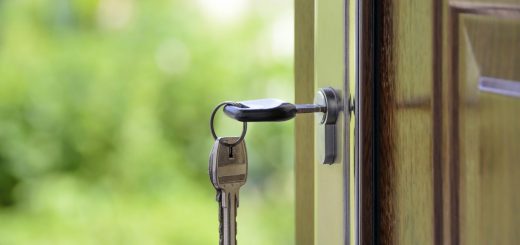To fix your mortgage rate, or not, that’s the question
The headline interest rate (the official cash rate, or OCR, being the technical term) is at an all-time low. We looked at how lower rates means that you will be earning less when invested in term deposits.
As opposed to that, mortgage rates that loosely follow the headline rate, have been very attractive. You can now lock in your home loan repayment for the next one year at just 3.79%. If you wish you can even lock in your repayments over the next 5 years at just 4.39% per annum.
So, should you be fixing these rates considering they are so low, or should you not? The case for not locking in now is that the headline rates may go down even further. On the back of that, it’s possible mortgage rates could fall further. But is that certain?
There are a number of factors you should consider before you make a decision to fix, or otherwise.
Managing cashflows
Perhaps first and foremost relates to how much certainty you wish to have in terms of your cashflow to meet your regular loan repayment obligations. For some, being able to lock in a rate now means that there is certainty of cash outflow into the future.
The benefit is that it helps you better budget your income and expenditure around that amount. Depending on how much you value ‘certainty’ you can choose a timeframe that your are comfortable with. This could be over 6 months, 1 year, 2 years etc.
Instead, if the certainty of cash outflow is not of great concern to you, it is better to make a considered choice between fixing your mortgage rates versus otherwise.
Given floating mortgage rates offered by most banks are over 5.5%, there is still a sizeable margin over any of the fixed mortgage rate terms. For instance, on a loan amount of $500,000 someone on a floating rate of 5.65% would pay $28,250 in interest in the next one year. On the other hand, someone else on a fixed rate over the same time would be paying about $19,250 – a substantial difference of $9,000 in just a year.
On the above basis, if you do decide to go for a fixed rate option, the next question is pretty obvious. How long should you fix it for?
Spreading the bet
Recent indications, and the market commentary, indicates an emerging slowdown in the economy. Should that happen there is a potential that banks would follow suit in reducing mortgage rates. (There is always a ‘should’ with these types of forecasts).
On the other hand, proposed rule changes for banks may mean that they face higher costs for running their business. Should that get passed on to consumers that could mean that mortgage interest rates could rise. Under such heightened levels of uncertainty one option to consider is staggering the fixed rate periods.
Practically, this would mean that you split the loan outstanding into smaller portions. Then, fix each portion over different timeframes. For instance, you could lock in the 1, 2, 3 and 4 year loan rates by putting a $125,000 into each of the fixed terms. You still run the risk that in two years time the rates move lower. But, by then you would have at least some of your outstanding loan ready to be rolled over. At which stage you can benefit from the lower rates then.
You can apply this thinking in any number of ways. It is not necessary to have equal amounts in each timeframe. You could front load a majority of the loan amount to the short term. Or you could have only a smaller amount locked into a near term rate with the bulk of it locked in over a longer term.
Shop around for the best home loan mortgage rates here.


